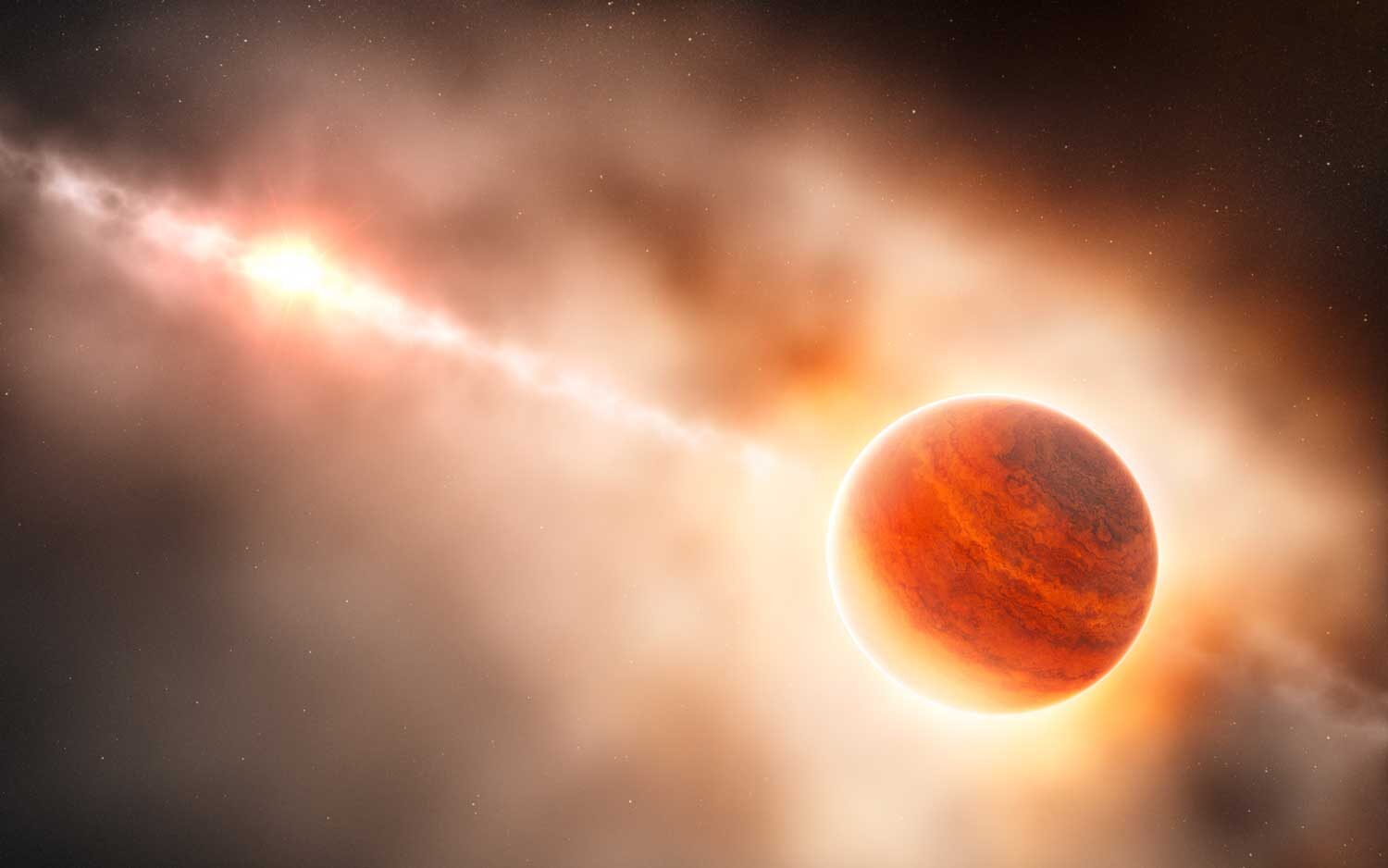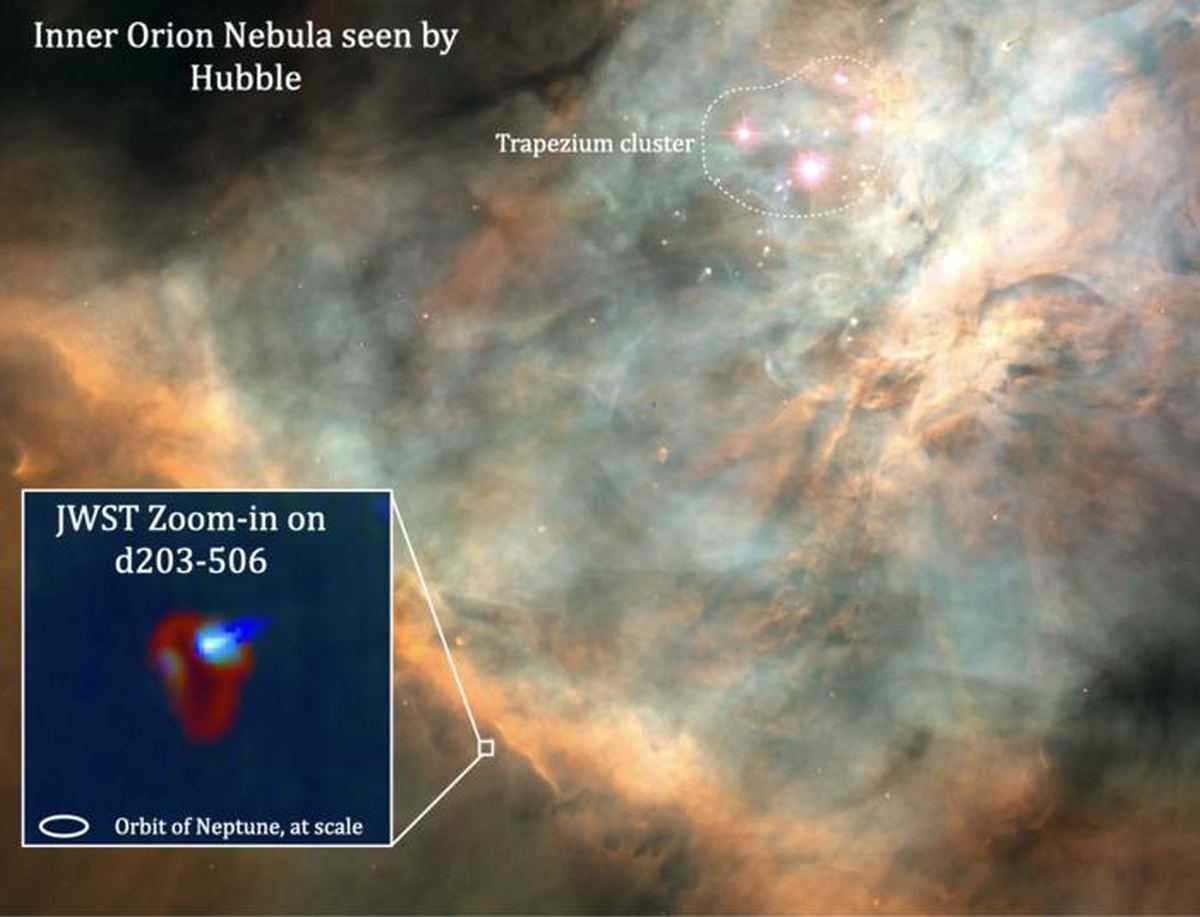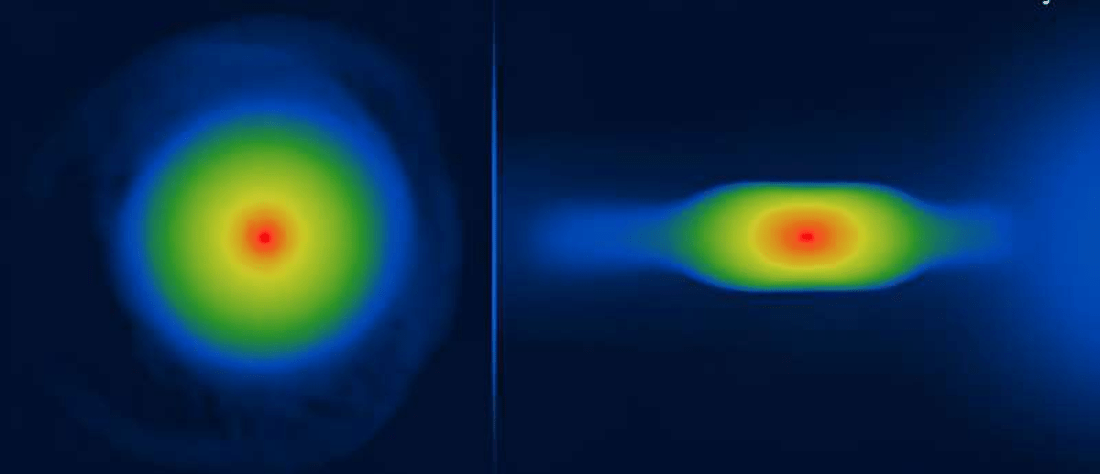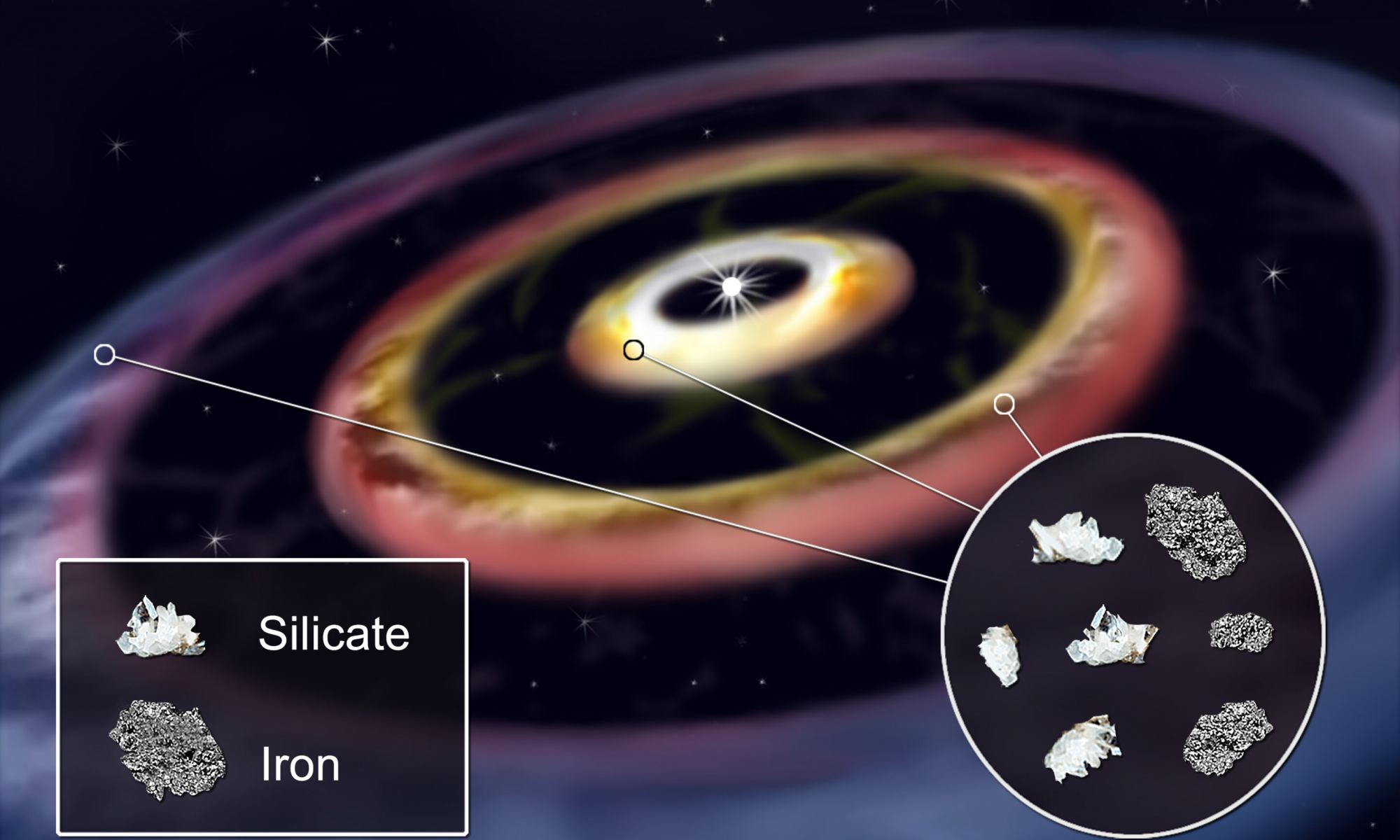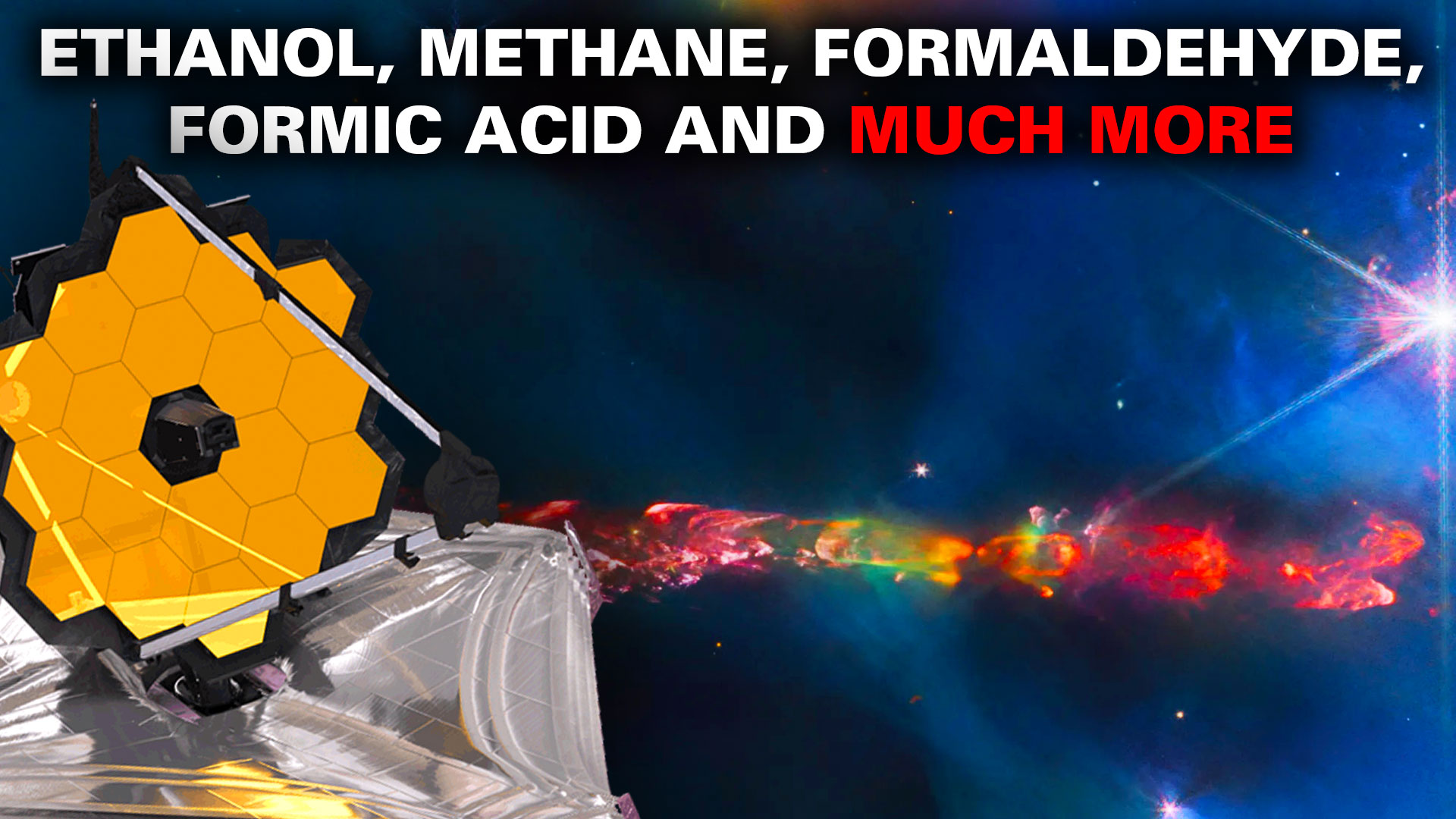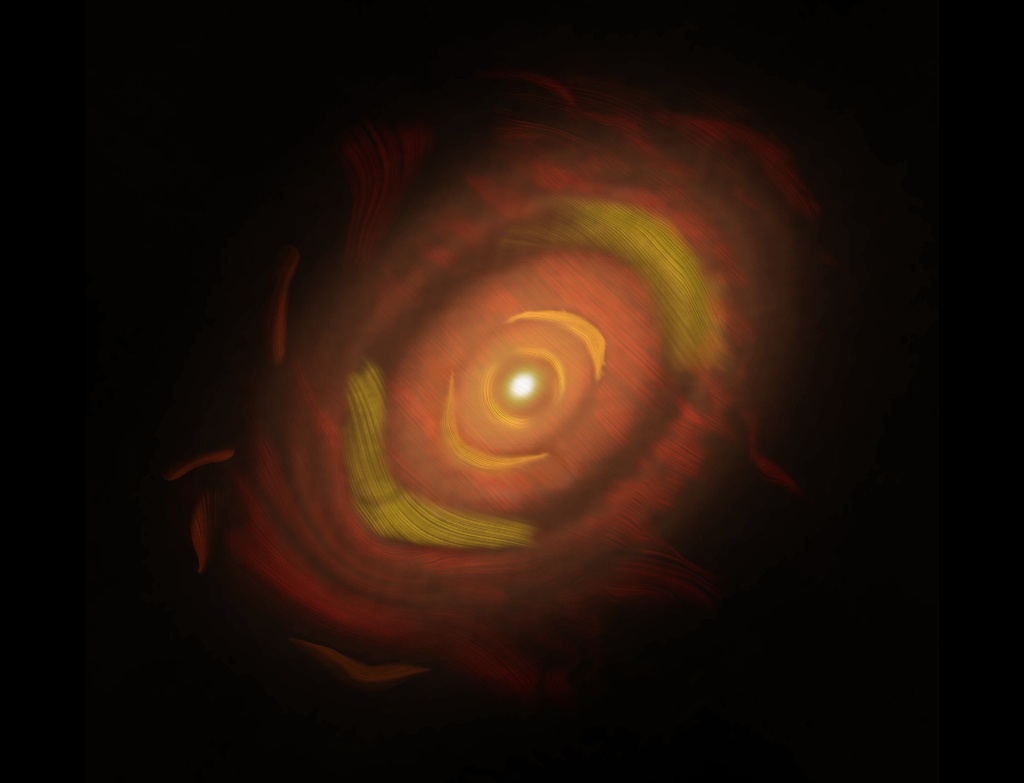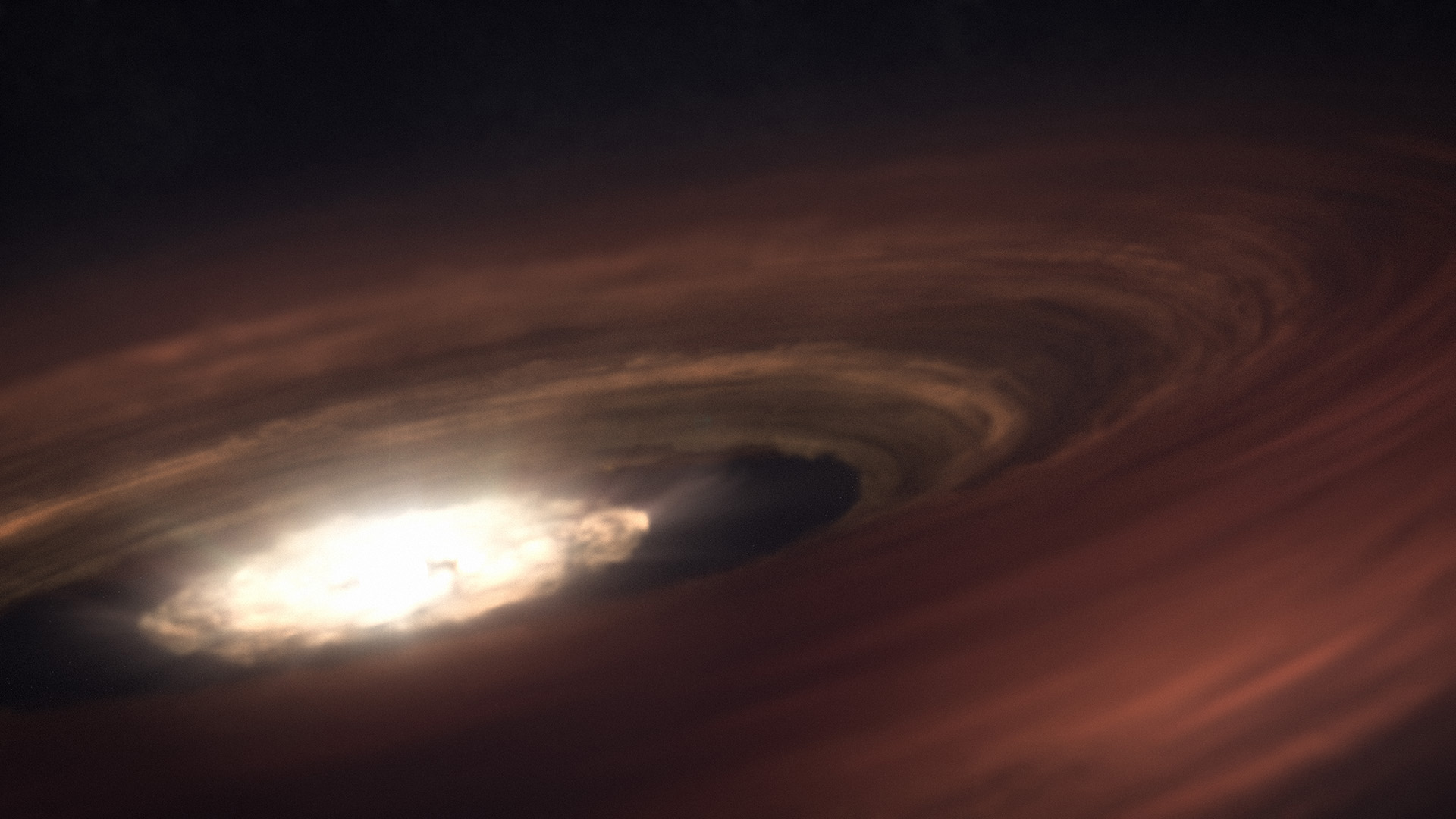The exoplanet census now stands at 5,599 confirmed discoveries in 4,163 star systems, with another 10,157 candidates awaiting confirmation. So far, the vast majority of these have been detected using indirect methods, including Transit Photometry (74.4%) and Radial Velocity measurements (19.4%). Only nineteen (or 1.2%) were detected via Direct Imaging, a method where light emitted or reflected from an exoplanet’s atmosphere or surface is used to detect and characterize it. Thanks to the latest generation of high-contrast and high-angular resolution instruments, this is starting to change.
This includes the James Webb Space Telescope and its sophisticated mirrors and advanced infrared imaging suite. Using data obtained by Webb‘s Near-Infrared Camera (NIRCam), astronomers within the MIRI mid-INfrared Disk Survey (MINDS) survey recently studied a very young variable star (PDS 70) about 370 light-years away with two confirmed protoplanets. After examining the system and its extended protoplanetary disk, they found evidence of a third possible protoplanet orbiting the star. These observations could help advance our understanding of planetary systems that are still in the process of formation.
Continue reading “Webb Finds Hints of a Third Planet at PDS 70”
